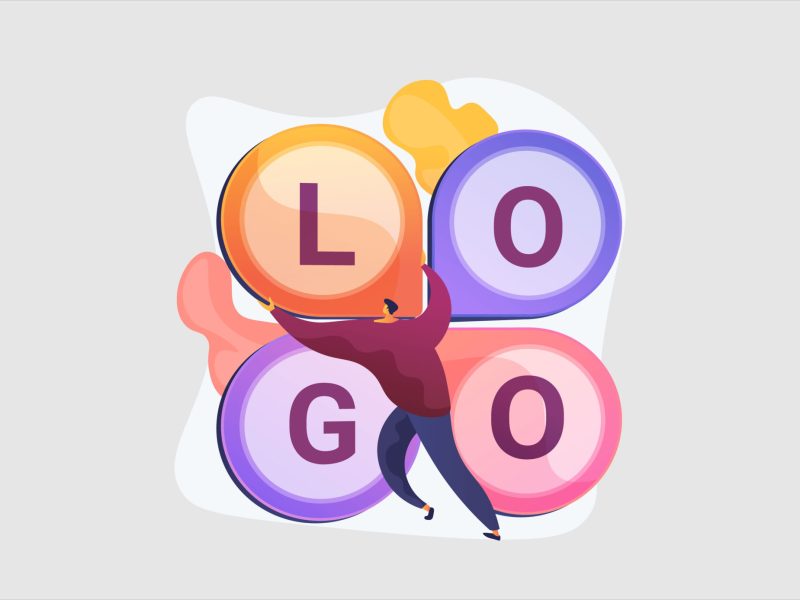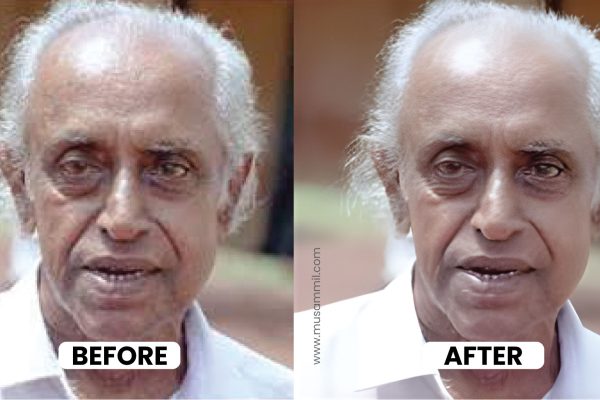When it comes to buying a new camera lens, one of the most important — and sometimes confusing — terms you’ll come across is the f-stop. It’s often written like f/1.8, f/2.8, or f/4, and plays a big role in how your photos will look.
But what exactly is an f-stop? And why should you care about it when buying a lens?
Let’s break it down in simple terms.
What Is F-Stop?
The f-stop number represents the maximum aperture a lens can open to. The aperture is the opening inside the lens that lets light into the camera — just like the pupil in our eyes.
A lower f-stop number (like f/1.8 or f/2.0) means a wider aperture, which allows more light to reach the camera sensor. A higher f-stop (like f/4 or f/5.6) means a narrower aperture, allowing less light.
Why F-Stop Matters When Choosing a Lens
1. Low-Light Performance
Lenses with a lower f-stop (e.g., f/1.4, f/1.8) perform better in low-light conditions. You can shoot indoors or in the evening without needing a flash or high ISO, which means less noise in your photos.
2. Background Blur (Bokeh)
If you love portraits with a soft, blurry background, a low f-stop is a must. It helps separate your subject from the background and creates a creamy, artistic effect known as bokeh.
- f/1.8 gives strong blur
- f/2.8 still gives decent blur
- f/4 or above = less noticeable blur
3. Creative Control
A wider aperture gives you more control over depth of field. This means you can choose what stays in focus and what doesn’t — useful in portraits, macro shots, or even creative product photography.
4. Price and Size
Here’s the trade-off: Lower f-stop lenses are usually more expensive and bulkier. A 50mm f/1.8 lens might be affordable and compact, but a zoom lens with f/2.8 throughout will cost a lot more.
So, if you’re on a budget, a prime lens with a wide aperture (like 50mm f/1.8) is a great option.
What to Consider Before Buying
If you’re into portraits, low-light, or event photography, choose a lens with a low f-number (f/1.4 – f/2.8).
Do you need zoom or prime?
Zoom lenses with low f-stops are more versatile but cost more. Prime lenses are cheaper and sharper but fixed in focal length.
Is weight and size a concern?
Lenses with wider apertures are heavier and larger. Make sure it suits your shooting style and travel needs.
In Short
| F-Stop | What It Means | Best For |
| f/1.4 – f/2.0 | Very wide aperture, lets in more light | Portraits, night photography |
| f/2.8 | Great for both light and blur | Events, weddings, general use |
| f/4 – f/5.6 | Narrower aperture, less light | Landscapes, travel, budget lenses |
Final Thoughts
The f-stop is more than just a number — it influences your lens’ price, weight, creative possibilities, and performance in different lighting. Whether you’re a beginner or upgrading your gear, understanding the f-stop helps you choose the right lens for your needs, not just the most expensive one.
Always ask:
“Do I need more light and blur, or am I okay with less?”
That question alone will guide you toward the best lens investment.
Image Credit
Image by ninjason1 on Freepik













